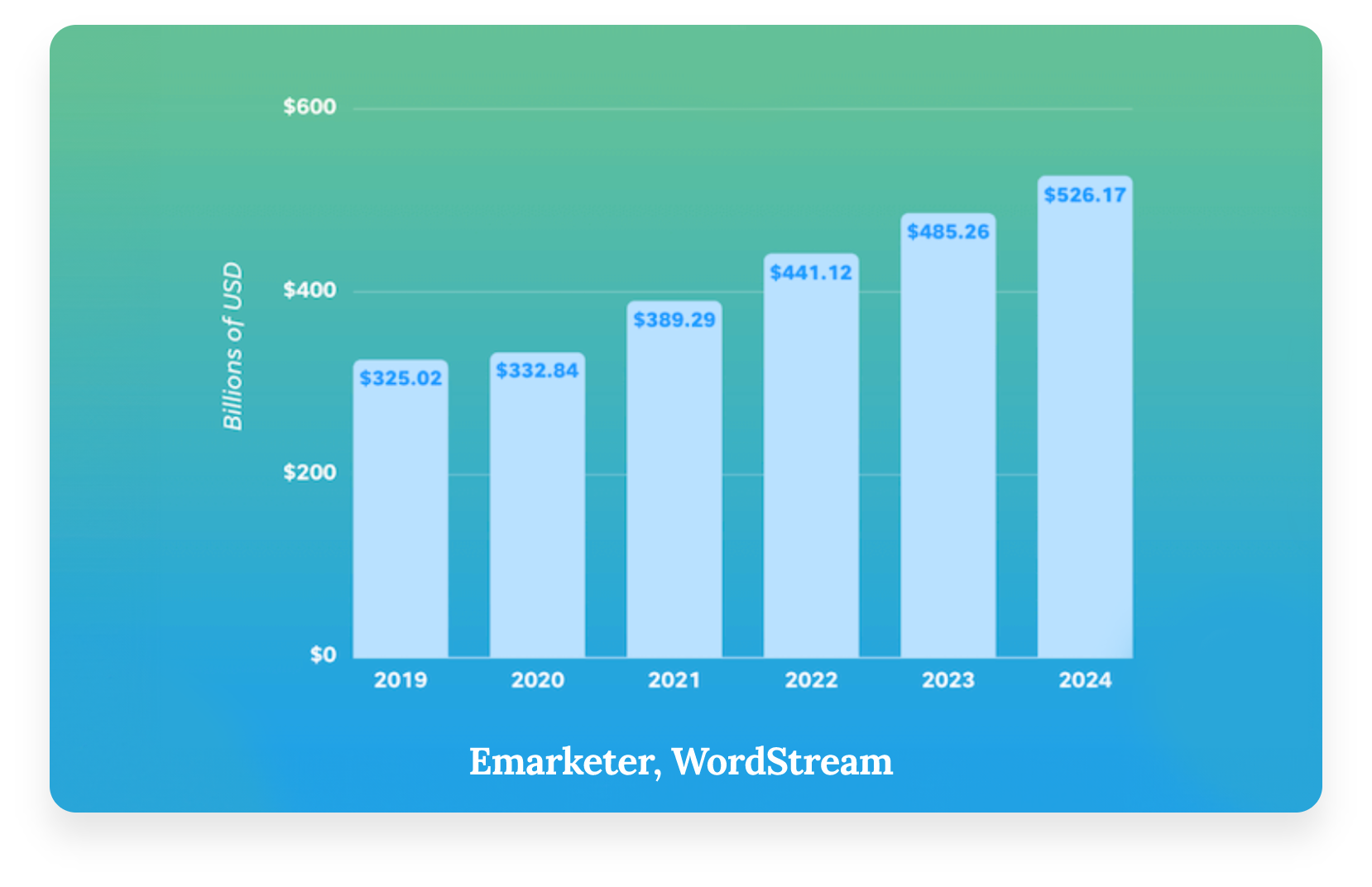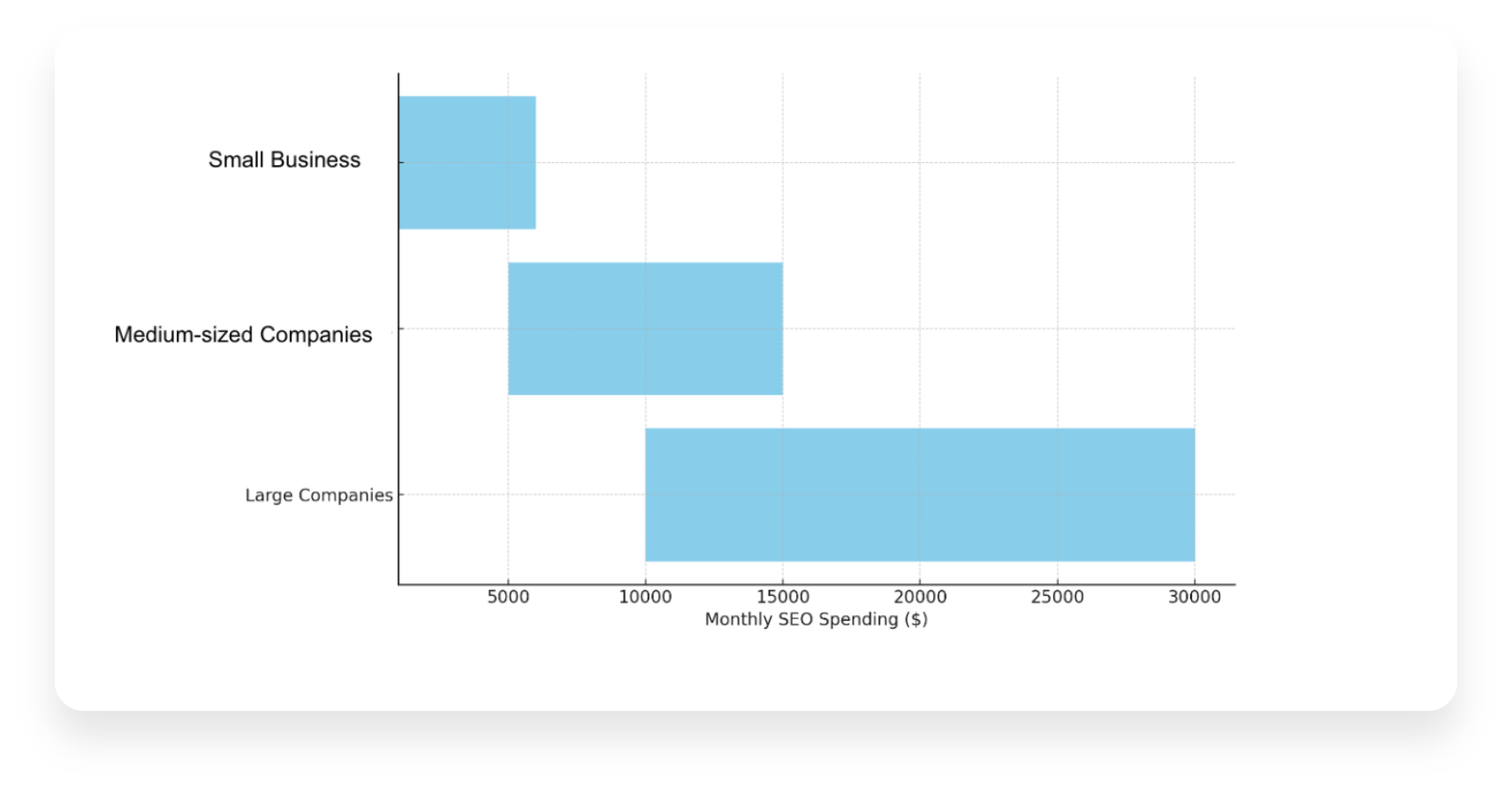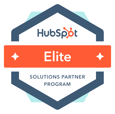
SEO lead generation: how to turn organic traffic into qualified B2B leads
In the digital marketplace, the quest for sustainable lead generation is relentless. As businesses vie for visibility in the crowded online space, Search Engine Optimization (SEO) emerges as a linchpin in attracting potential customers. This guide delves into the essence of SEO, underscores its significance for businesses, and elucidates its role in generating leads. Furthermore, it contrasts the impact of organic searches with Pay-Per-Click (PPC) advertising and social media, offering actionable SEO tips to optimize lead generation efforts.
What is SEO lead generation and why does it matter?
SEO lead generation is the practice of turning organic website visitors into qualified leads, without relying on paid ads. By combining strategic content, user experience, and technical SEO, your brand becomes more discoverable to decision-makers actively searching for solutions like yours. Unlike PPC, which stops when your budget does, SEO builds long-term visibility, credibility, and pipeline growth.
Why B2B companies need SEO for lead generation now more than ever?
Today’s leaders face a critical challenge: how to drive qualified leads without unsustainable ad spend. For mid-market companies, SEO isn’t just a visibility tactic, it’s a revenue driver. With long-term cost efficiency, better lead quality, and scalable reach, SEO for lead generation is essential for companies looking to scale sustainably.
-
Boosted Visibility:
SEO increases your website's visibility in SERPs, connecting your business with users actively seeking your products services.
-
Cost Efficiency and Long-Term Value:
While SEO does not incur the direct costs associated with pay-per-click (PPC) campaigns like SEM, it's important to recognize that it still requires a dedicated investment of time and resources. Unlike immediate results seen with PPC, SEO's impact grows over time, making it a more cost-effective approach for lead generation in the long run. This sustained effort can lead to SEO becoming a valuable asset for your company, providing lasting benefits and a competitive advantage.
-
Enhanced Credibility:
High rankings in SERPs are often associated with credibility and trustworthiness in the eyes of consumers.
-
Improved User Experience:
SEO generation involves optimizing the usability of your website, which can lead to higher engagement rates and, ultimately, more conversions.
5 core benefits of SEO lead generation
The nexus between SEO and lead generation is forged through the targeted attraction of potential customers. By optimizing your website to rank for specific, relevant keywords, you can draw in a highly targeted audience likely to convert.
Unlike the immediate but short-lived visibility provided by PPC, SEO offers a continuous flow of organic traffic. This traffic is not only cost-effective but also tends to have a higher conversion rate due to the perceived credibility of organic search results.
- Lower Customer Acquisition Costs (CAC): organic leads cost significantly less than PPC or outbound leads—often by 60–75%.
- More Qualified Traffic: ranking for high-intent keywords attracts users with decision-stage intent, not just curiosity.
- Scalable Demand Engine: once your content and technical SEO are in place, traffic and leads grow without linear ad spend.
- Improved Conversion Rates: organic users tend to convert at higher rates due to search intent alignment and trust.
- Long-Term Competitive Edge: your competitors can’t outbid you in the SERPs if you own them with strong SEO.
How to build a winning SEO lead generation strategy?
To harness the full potential of SEO for lead generation, consider implementing the following strategies:
1. Conduct a comprehensive SEO audit
Before you can generate leads, your website must be technically sound. A thorough SEO audit uncovers hidden barriers that prevent search engines—and potential customers—from finding you. Prioritize these areas:
-
Crawlability and indexing: Ensure search engines can access and rank your content.
-
Page speed and Core Web Vitals: Faster sites lead to lower bounce rates and better conversions.
-
Mobile responsiveness: Over 60% of B2B searches happen on mobile; UX must adapt.
-
Broken links and 404 errors: These degrade user trust and hurt SEO authority.
-
Duplicate content and keyword cannibalization: Avoid competing with your own pages in search results.
Use tools like SEMRush Site Audit, Screaming Frog, and Google Search Console to identify and prioritize fixes that can immediately improve organic visibility and lead quality.
2. Nail down buyer intent with keyword strategy
To generate qualified leads through SEO, you need to align your keyword strategy with how B2B buyers search at each stage of their journey. This involves understanding three core stages of the funnel: TOFU, MOFU, and BOFU.
TOFU, or Top of the Funnel, captures awareness-stage searches from prospects who are identifying a problem or exploring possible solutions. They use queries like “what is SEO lead generation?”, your goal at this point is to educate and build trust.
As buyers move into the MOFU, or Middle of the Funnel stage, their searches reflect higher intent to evaluate vendors or approaches. For instance, they may search for “best SEO lead generation services for B2B.” This is your opportunity to guide their evaluation and demonstrate value.
Finally, BOFU, or Bottom of the Funnel, is the decision stage when leads are ready to act and search for terms like “schedule an SEO lead audit.” This is where content must focus on conversion and clear next steps.
By mapping keywords to each stage, your SEO strategy ensures visibility across the entire buyer journey. Tools like Ahrefs, SEMrush, and Moz can help you uncover intent-driven keywords with the right mix of search volume and competitive feasibility—ensuring that your content connects with the right audience at the right moment.
3. Map content to personas and update it regularly
To generate meaningful leads, your SEO strategy must speak directly to the pain points of the stakeholders involved in the B2B buying process. Chief Marketing Officers (CMOs) prioritize predictable, scalable pipeline growth. They’re looking for evidence that SEO can consistently generate high-quality leads and justify long-term investment.
To stay relevant and competitive, revisit your cornerstone content at least once per quarter. Refresh outdated statistics, update internal links, rework underperforming CTAs, and ensure your insights remain aligned with the evolving priorities of your target personas. SEO isn’t static, it’s a dynamic engine that performs best when tuned regularly.
4. Optimize On-Page SEO for conversion
Effective on-page SEO goes beyond visibility—it directly impacts how well your content converts. Each page should be structured with a clear hierarchy using H1 to H3 headings, making it easy for both users and search engines to understand the content’s flow and relevance. Incorporating target keywords naturally within these structures helps ensure alignment with search intent. To further enhance visibility and engagement, implement schema markup—especially for articles, FAQs, and customer reviews—to boost how your content appears in search results.
Organic Searches, PPC, and Social Media: A Comparative Overview
While SEO focuses on improving organic search visibility, PPC offers a paid alternative for immediate exposure. Although PPC can provide quick results, its costs and the temporary nature of its benefits contrast with the long-term, cost-effective leads generated through SEO. Social media, meanwhile, complements SEO by amplifying content reach, building brand awareness, and indirectly influencing search rankings through increased traffic and engagement.
By integrating SEO with a thoughtful approach to PPC and social media, businesses can create a holistic digital marketing strategy that not only boosts visibility but also enhances lead generation efforts. This multifaceted approach ensures that businesses can attract a steady stream of high-quality leads, fostering sustainable growth in the competitive online landscape.
Digital AD Spending Worldwide

Monthly SEO Spending by Company Size Worldwide
 Source: RS WebSols
Source: RS WebSols
SEO and Social Media Tools to Boost Lead Generation
Several tools can streamline your SEO and social media strategies, enhancing your lead generation efforts:
-
Google Analytics and Google Search Console:
These free tools from Google provide insights into your website's performance in organic searches, helping you understand where you can improve.
-
SEMRush or Ahrefs:
These comprehensive tools offer keyword research, site audits, competitor analysis, and backlink tracking to refine your SEO strategy.
-
Moz's Keyword Explorer:
This tool is great for finding keyword opportunities and understanding how difficult it might be to rank for them.
-
Hootsuite or Buffer:
For managing social media, these tools allow you to schedule posts, engage with your audience, and measure the performance of your content across different platforms.
Let’s recap
Embarking on an SEO lead generation journey requires a strategic blend of technical know-how, content excellence, and persistent optimization. As businesses strive to carve out a significant presence in the digital landscape, the importance of a well-orchestrated SEO strategy cannot be overstated. Here are the key steps and considerations for building a successful SEO lead generation strategy:
-
Comprehensive SEO Audit:
Begin with a thorough audit of your existing website to identify areas of improvement. This includes assessing site structure, speed, mobile-friendliness, content quality, and current search engine rankings.
-
Keyword Research and Optimization:
Utilize advanced tools to conduct in-depth keyword research. Focus on identifying high-value keywords that align with your target audience's search intent. Optimize your website's content and meta tags to rank for these keywords.
-
Content Creation and Optimization:
Develop a content strategy that addresses your audience's needs and questions. Create high-quality, engaging content that is optimized for both search engines and users. Regularly update your blog and site content to keep it fresh and relevant.
-
Enhance User Experience (UX):
SEO is not just about search engines; it's also about providing a seamless user experience. Optimize your website's design, navigation, and page speeds to ensure a positive user experience that can lead to higher engagement and conversion rates.
-
Build a Strong Linking Strategy:
Implement a strategic approach to both internal linking and acquiring high-quality backlinks. This not only aids in site navigation but also boosts your site's authority and ranking in search results.
-
Leverage Social Media and PPC Campaigns:
While focusing on organic SEO, don't overlook the power of social media and PPC campaigns to complement your efforts. Use social media to amplify your content's reach and engage with your audience. Consider PPC campaigns for immediate visibility, especially for competitive keywords where organic ranking may take time.
-
Monitor, Analyze, and Refine:
SEO is an ongoing process. Use analytics tools to monitor your website's performance, track key metrics such as traffic, bounce rate, and conversion rates, and understand user behavior. Regularly review and refine your strategies based on these insights to optimize your lead generation efforts.
-
Stay Updated with SEO Trends:
The digital marketing landscape is ever-evolving, with search algorithms constantly changing. Stay informed about the latest SEO trends and algorithm updates to ensure your strategies remain effective.
-
Educate Your Team:
SEO is a team effort. Ensure that your team understands the basics of SEO and the importance of integrating SEO practices into their work. Consider investing in training or workshops to keep your team skilled and motivated.
-
Be Patient and Persistent:
Remember, SEO success doesn't happen overnight. It requires patience, persistence, and continuous effort to see significant results. Stay committed to your strategy, and gradually, you will witness your website climbing up the search engine rankings, driving more organic traffic, and generating quality leads.
FAQs: SEO lead generation
1. What is SEO lead generation?
It’s the practice of using SEO strategies—keyword optimization, content, and site performance—to attract and convert organic visitors into qualified leads for your business.
2. How does SEO help with lead generation?
SEO brings in high-intent users actively searching for your solutions, increasing the chances of lead conversion and lowering acquisition costs.
3. Is SEO better than PPC for B2B leads?
For long-term ROI and consistent lead flow, SEO is more cost-effective. PPC offers immediate visibility but requires ongoing spend.
4. What are the best SEO lead generation services for B2B?
Services that include keyword mapping, content strategy, technical SEO, analytics, and automation are key. Triario offers all of these in one scalable solution.
5. How long does it take to see SEO results for leads?
Typically 3–6 months. However, with expert guidance and the right content + tech stack, results can accelerate.
Ready to make SEO your #1 source of leads?
SEO is more than just rankings -it's a full-funnel, demand-generation engine. At Triario, we help mid-market B2B companies dominate organic search and turn it into real revenue.
Book your free SEO Lead Generation Diagnostic with Triario today. Let’s build a scalable, organic pipeline that consistently delivers the right leads to your sales team.
Marketing Director at Triario. Social communicator with emphasis on journalism, digital marketing, and advertising. A frustrated Egyptologist, journalist at heart but dedicated to marketing and sales. She writes, sells, budgets, markets—nothing is too big for her! Always a nerd.
Triario's Blog
Subscribe to our Blog and don’t miss anything!
Do you like our content?
We publish new content every week. Subscribe here and stay up to date with the most relevant news in digital marketing.





